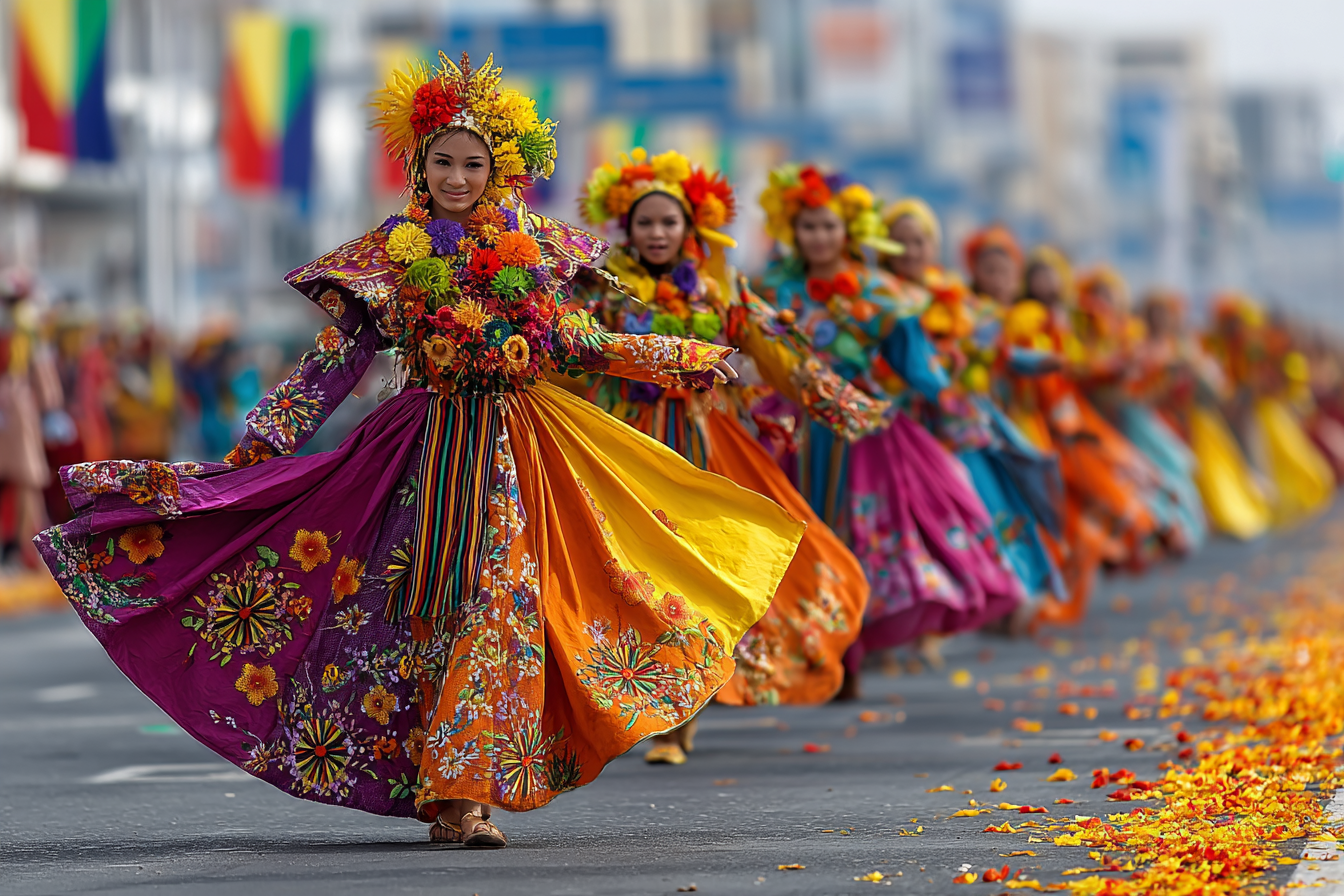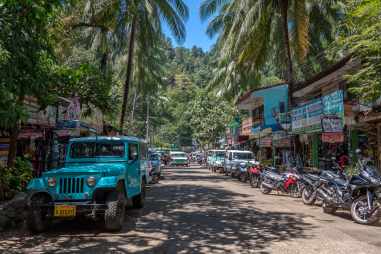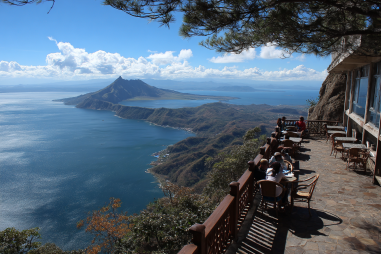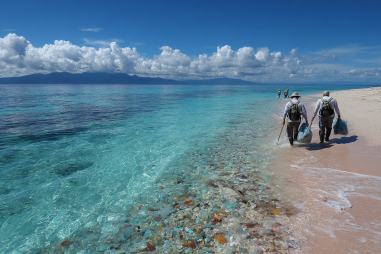The Philippines is widely celebrated for its stunning beaches and tropical landscapes, but its cultural richness is an equally captivating aspect that invites travelers to delve deeper beyond the surface. With a history shaped by a blend of indigenous traditions and foreign influences, the Filipino cultural heritage offers a vibrant tapestry of festivals, arts, and customs that tell stories of resilience, faith, and community. Exploring these elements provides an enriching travel experience that connects visitors with the heart and soul of the nation.
Overview of Filipino Cultural Heritage
The cultural heritage of the Philippines is a dynamic fusion influenced by its indigenous peoples, as well as by centuries of trade, colonization, and migration. Comprised of over 7,600 islands, the country boasts more than 175 distinct ethnolinguistic groups, each with unique customs, languages, and traditions. This diversity is reflected in the nation’s cuisine, music, clothing, and social practices. While Spanish and American colonization have left indelible marks on Filipino culture, local traditions rooted in animism, Catholicism, and Islamic faiths continue to thrive, creating a multifaceted identity that is both diverse and cohesive.
Important Cultural Festivals and Events
The Philippines is known as the “Capital of Festivals,” and for good reason. Across the archipelago, vibrant festivals celebrate religious devotion, historical milestones, and agricultural cycles, drawing visitors and locals alike to partake in colorful street dances, elaborate costumes, and joyful parades. Some of the most noteworthy include:
- Sinulog Festival in Cebu – Honoring the Santo Niño (Holy Child), this festival features rhythmic street dancing and grand processions with participants dressed in bright, traditional costumes.
- Ati-Atihan Festival in Aklan – Celebrated in honor of the Santo Niño, it combines indigenous tribal dance and music with Catholic rituals, often called the “Mother of All Philippine Festivals.”
- Pahiyas Festival in Lucban – A harvest festival famous for its vibrant decorations made from fruits, vegetables, and colorful kiping (rice wafers).
- Kadayawan Festival in Davao – Celebrating the bountiful harvest and local indigenous culture through street dancing, floral floats, and indigenous arts and crafts presentations.
Participating in or observing these festivals provides a wonderful window into Filipino communal spirit and religious reverence.
Historical Sites and UNESCO World Heritage Sites
The Philippine archipelago is home to numerous sites that reflect its rich history and cultural achievements. Many of these have earned UNESCO World Heritage status, making them popular destinations for travelers interested in history and archaeology.
- San Agustin Church in Manila – An extraordinary example of Baroque architecture and the oldest stone church in the country.
- Rizal Park in Manila – A historical urban park dedicated to the national hero, José Rizal, offering insight into the country’s fight for independence.
- Rice Terraces of the Philippine Cordilleras – Often called the “Eighth Wonder of the World,” these ancient terraces carved into mountains demonstrate sophisticated engineering by the Ifugao people over 2,000 years ago.
- Historic Town of Vigan – A beautifully preserved Spanish colonial town showcasing cobblestone streets, heritage houses, and ancestral homes, providing a glimpse into 16th-century urban planning and architecture.
Visiting these sites allows travelers to appreciate the diverse layers of Filipino history, from prehistoric times to colonial eras.
Indigenous Tribes and Traditions
Beyond the mainstream narratives, the Philippines’ cultural identity is deeply enriched by its indigenous peoples. Groups like the Igorot, Lumad, Mangyan, and Badjao have maintained traditional practices that are often centuries old. These include unique weaving techniques, oral literature, spiritual rituals, and subsistence farming methods that harmonize with nature.
Travelers interested in cultural heritage can explore indigenous communities in the Cordillera Mountains or Mindanao, where respectful visits to local villages offer opportunities to learn about traditional crafts, music, and dance. Understanding and honoring indigenous practices enhances the depth of cultural immersion and supports the preservation of these communities.
Museums and Cultural Centers
For those who want a more structured approach to Filipino history and culture, the Philippines has numerous museums and cultural centers that showcase its heritage. Some must-visit places include:
- National Museum of the Philippines – Located in Manila, it houses an extensive collection of Filipino art, archeological artifacts, and natural history exhibits.
- Ayala Museum in Makati – Known for its detailed dioramas depicting Philippine history and exhibits on indigenous cultures.
- Yuchengco Museum – Featuring contemporary Filipino art and historical collections.
- Mindoro Art and Cultural Center – Dedicated to preserving the culture of indigenous Mangyan tribes.
These institutions provide valuable context and stories that deepen the travel experience and broaden understanding of the nation’s cultural fabric.
Filipino Arts and Crafts
Filipino artistry is vibrant and varied, blending indigenous creativity with foreign influences. Traditional crafts such as weaving, pottery, woodcarving, and metalwork remain alive in many regions:
- Weaving – The vibrant textiles produced by the Ifugao, Kalinga, and T’boli peoples are known worldwide for their intricate designs and vivid colors.
- Bamboo and rattan crafts – These sustainable materials are skillfully turned into furniture, home decor, and accessories.
- Pottery – Indigenous communities continue to create functional and decorative pottery using traditional methods.
- Filipino folk music and dance – Instruments like the kulintang (gong ensemble) and dances such as tinikling and pandanggo illustrate the country’s rich expressive traditions.
Souvenirs and handicrafts purchased directly from artisans not only serve as memorable keepsakes but also support local economies and the preservation of these skills.
Tips for Respectful Cultural Tourism
When exploring the cultural heritage of the Philippines, it’s important to be mindful of local customs and show respect for traditions and communities. Here are a few helpful tips:
- Ask permission before taking photographs, especially in indigenous villages and during rituals or ceremonies.
- Dress modestly when visiting religious sites and rural areas.
- Support local artisans by purchasing authentic products rather than mass-produced souvenirs.
- Observe cultural etiquette such as removing shoes when entering homes or temples.
- Learn basic Filipino phrases like “Salamat” (Thank you) and “Magandang araw” (Good day) to foster goodwill and connection.
These practices foster positive interactions and help preserve the integrity of cultural sites and practices for future generations.
Integrating Cultural Visits into Your Travel Itinerary
Planning a trip aimed at immersing yourself in the Philippines’ cultural heritage can be deeply rewarding. Here are some ways to incorporate cultural exploration into your itinerary:
- Combine urban and rural experiences – Visit cities like Manila and Cebu for museums and festivals, then explore the provinces for tribal communities and historical sites.
- Schedule trips around festivals to witness Filipino celebrations in their full glory.
- Include cultural workshops where you can try weaving, cooking traditional dishes, or learning folk dances.
- Engage local guides who can provide authentic stories and insights about the places you visit.
By thoughtfully weaving together these elements, travelers gain a holistic understanding of the Philippines’ rich heritage and create lasting memories.
Exploring the cultural heritage of the Philippines is an invitation to connect with a nation proud of its vibrant traditions and diverse history. Whether wandering through centuries-old towns, participating in lively festivals, or learning directly from indigenous communities, each experience reveals the warmth and resilience that define Filipino identity. For travelers seeking more than just scenic beauty, the Philippines offers a fascinating cultural journey that leaves an indelible impression on the heart.







